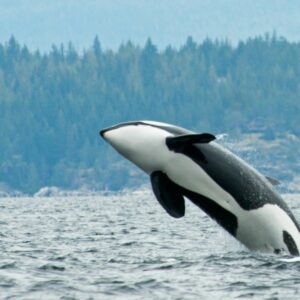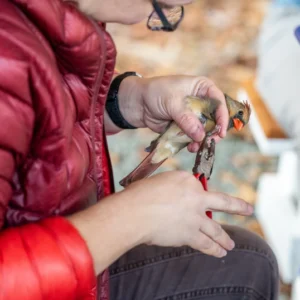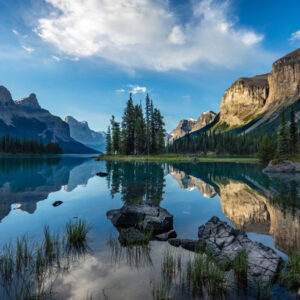The American Kestrel
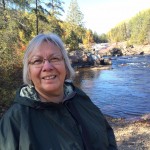
Valerie Assinewe,
Guest Blogger
This blog is written by guest blogger Valerie Assinewe.
The word “falcon” may evoke wild, high and lonely spaces; but I saw my first American Kestrel from a bus in the heart of Ottawa on a golden summer afternoon. It soared and hovered over an open field beside the transit way, its grace breathtaking. It was an unforgettable reminder that moments of natural beauty can find us anywhere. The American Kestrel is featured this month in the Nature Canada calendar and here is some facts that may increase your enjoyment of this beautiful falcon:
Where do they live?
The American Kestrel (Falco sparverius) is found throughout the Americas. Kestrels favor open areas with short ground vegetation and sparse trees: meadows, grasslands, and deserts. Human activity has actually expanded their habitat by opening up land through the creation of parks and farm fields, a rare instance of development beneficial to a species.
What do they look like?
The American Kestrel is the smallest and most colourful raptor in North America. They are 21-31 cm in length, with a wingspan of 51-61 cm: about the size of a robin or a mourning dove, for which they are often mistaken.
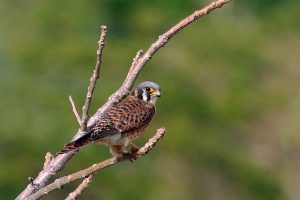
American Kestrel by Charlesjsharp (CC BY-SA 4.0)
Kestrels have rufous backs and tails, blue-gray crowns with variable amounts of rufous, and two dark vertical stripes on the sides of their heads, which look like mustaches and sideburns. Their pointed wings and long, square-tipped tails are typical of falcons. Male kestrels have blue-gray wings. The slightly larger females have rufous wings with black barring. Males have rufous tails with one wide, black sub-terminal band and a white tip. The females have rufous tails and many black bars. The light-colored underparts of females are heavily streaked with brown; whereas those of males have variable amounts of dark spotting or streaking.
What do they eat?
Kestrels have excellent vision, scanning for prey from a tree, a roadside wire or a power line. If no high perch is available, they will soar over fields in search of large insects, small mammals, birds or reptiles.
Once it has located its prey, a kestrel will fly over its intended meal and hover motionless in the air, perfecting the angle of attack before dropping like a stone to seize its target with one or both feet. They can even catch prey in flight.
The kestrel will feed where it kills, or may hide the kill in grass clumps, tree cavities or bushes for a leaner time. Because of their relatively diminutive size, kestrels themselves may end up as prey to larger raptors.
How do they reproduce?
Solitary for most of the year, the American Kestrel is monogamous: they form breeding pairs between March and July in North America. Like other true falcons, they do not build nests—they are secondary cavity-nesters—using nests made by other birds. They may even nest in natural tree hollows, rock crevices or nooks in human built structures. They also readily accept nest boxes. In North America, 4-6 white eggs with dense brown spots are laid. The eggs are incubated for 28-32 days, and the chicks will fledge after 30-38 days in the nest. The parents continue to feed the young up to 12 days after fledging. Young adults may breed from a year old, and this species has a life expectancy of almost ten years.
As the days shorten and temperatures fall, the American Kestrels migrate from Canada and Alaska towards more temperate or tropical regions. Good luck to all the bird watchers as they observe this annual event. If you do not see them flying south, then watch for their return in spring; I’ll share my vantage point on the transit way.

